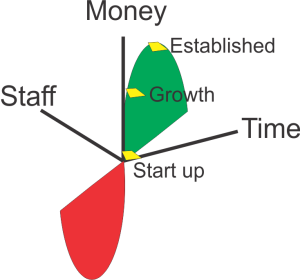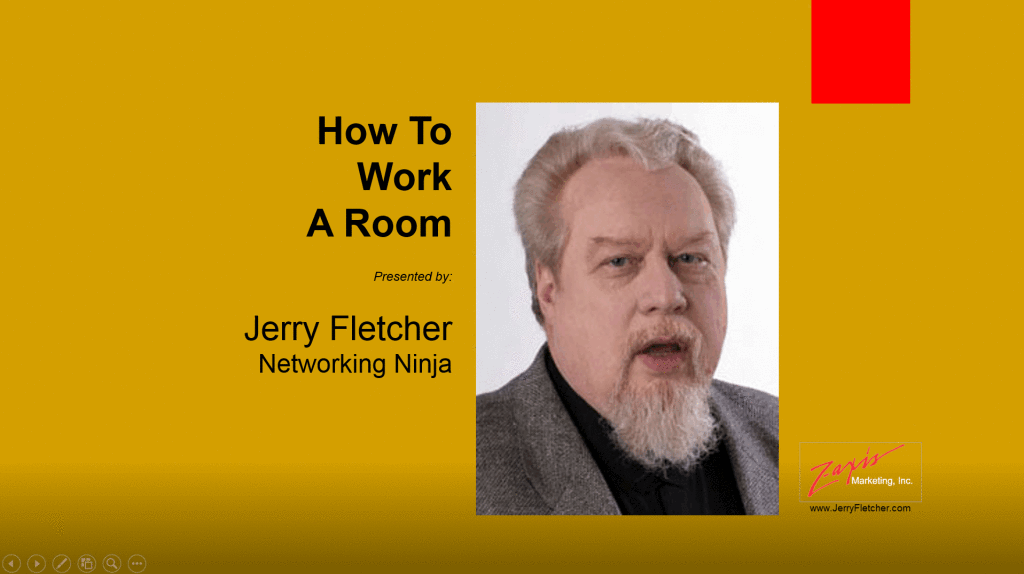Part of my job as a consultant and speaker is to help independent professionals and small businesses see how important every graphic, photo and video is to their brand.
Adults relate to people not symbols.
It is easier for grocery shoppers to pick Newman’s over a host of competitors. Which do you lean toward, General Mills or Betty Crocker? Given the choice so you opt for coffee grown, picked and shipped by Juan or one of the raft of others on the shelves?
Animals come in second.
Can you believe a Super Bowl with no commercials featuring the Budweiser Clydesdales? When it comes to batteries do you want the Energizer Bunny ones or the other guys.
Cartoon Personalities come next, particularly with kids.
Four out of the top five cereals are hyped by a cartoon character (Frosted Flakes, Lucky Charms, Captain Crunch and Fruity Pebbles). Ever wonder the King Kong of movie production in the last few years is Marvel?
Here’s how that impacts you and your business.
- If you are an independent professional, your name and your image should be part of every way you promote your brand. For example, recently I decided to do more speaking. My new card reflects that in the visual which is a photo taken during a keynote. If you’ve ever been to a conference the impression is that this is a keynoter.
 If you can manage it, use a photo that allows the person viewing to make eye contact with you. Spend the money to have a professional photographer capture your essence. Selfie’s just don’t get it!
If you can manage it, use a photo that allows the person viewing to make eye contact with you. Spend the money to have a professional photographer capture your essence. Selfie’s just don’t get it!
- If your business is a separate entity providing a product or service not tied to your name or professional capabilities consider using an animal. I’ve known a very successful writing instructor that built her identity around her Newfoundland Retriever. At one point one of the most successful speakers I know had a blog “written” by his dog.
Be careful how you choose. Not everyone likes insects, or snakes or a mélange of other critters. Usually you need to stay away from the scary ones but sometimes the fear factor can make you more memorable. Or, you can do a switch up by using a comforting story or image. One of the highest readership blogs I’ve ever written was about a Mama Raccoon.
- If you like cartoons, consider the expense. There are a lot of low cost logos that are cartoons. The problem is we are trained very carefully from youth to expect cartoons to be animated. Full scale animation is costly in terms of both time and money. Some amazing things have been done recently in software that may help you overcome this difficulty. Check into it before you walk away from the potential.
The key is to keep it consistent.
Every time you produce anything that will be seen by your customers, prospects, connections and referral sources make sure the visual reflects the image you want to present to them. That includes looking in the mirror as you leave your lair. Even if you are just running out to get an item at your local grocery, you need to look your brand.
____________________________________________________________________
 Jerry Fletcher, Networking Ninja, is a sought after International Speaker, beBee ambassador, founder and Grand Poobah of www.BrandBrainTrust.com
Jerry Fletcher, Networking Ninja, is a sought after International Speaker, beBee ambassador, founder and Grand Poobah of www.BrandBrainTrust.com
His consulting practice, founded in 1990, is known for Trust-based Brand development, Positioning and Business Development on and off-line.
Consulting: www.JerryFletcher.com
Speaking: www.NetworkingNinja.com











